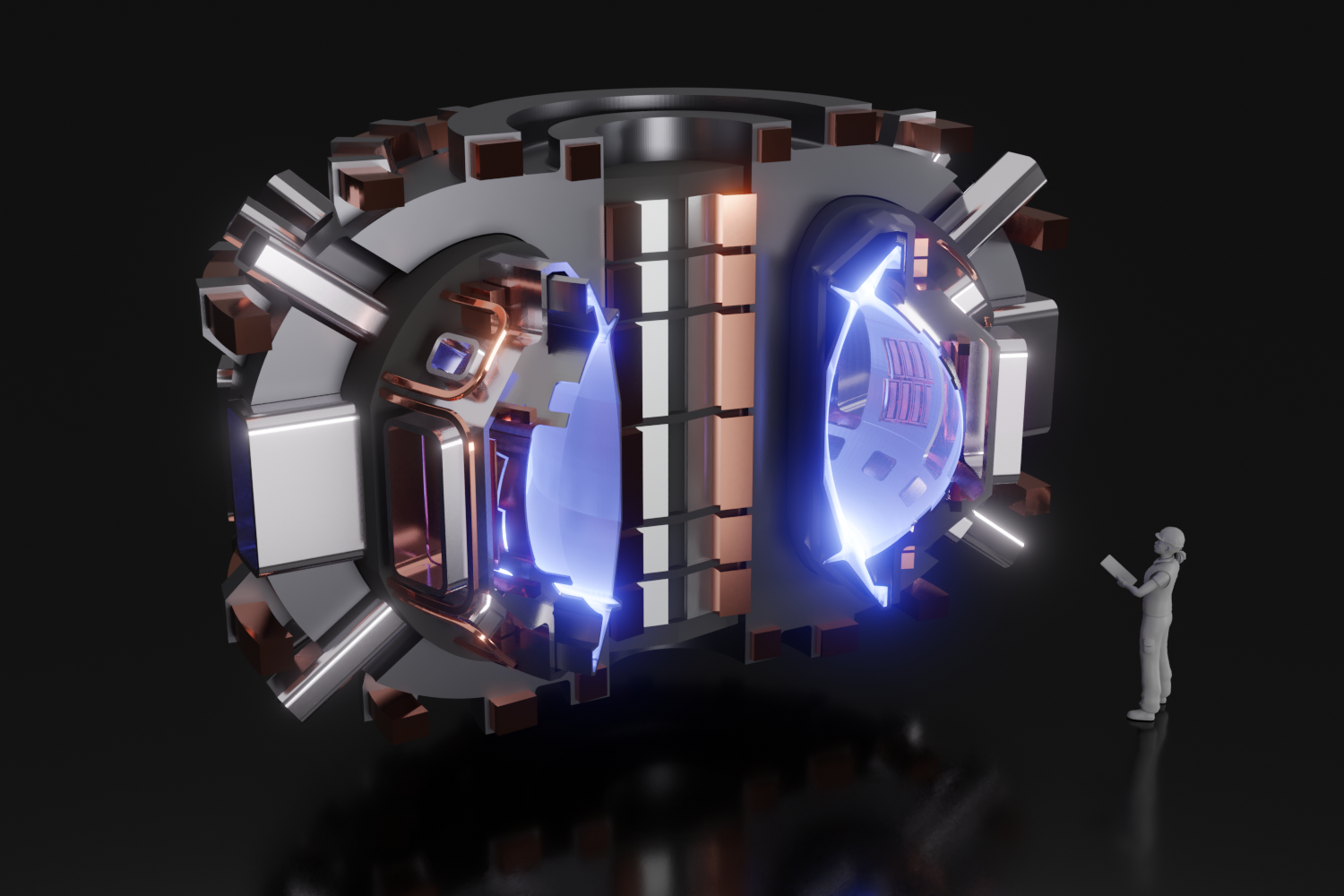IAE, IAEA warn that climate challenge would be much harder without nuclear

Birol

Grossi
“Given the scale and urgency of the climate challenge, we do not have the luxury of excluding nuclear from the tools at our disposal,” the leaders of the International Energy Agency and the International Atomic Energy Agency wrote in an op-ed article posted on the CNN website last Friday.
Fatih Birol, executive director of the IAE, and Rafael Mariano Grossi, director general of the IAEA, said that the COVID-19 crisis not only delivered an unprecedented shock to the world economy, it also underscored the scale of the climate challenge the world faces: Even in the current deep recession, global carbon emissions remain unsustainable.

-3 2x1.jpg)
 The future of nuclear energy is in cogeneration, according to a policy briefing released on October 7 by the United Kingdom’s Royal Society. (The equivalent of the United States’ National Academy of Sciences, the Royal Society, founded in 1660, is the oldest scientific institution in continuous existence.)
The future of nuclear energy is in cogeneration, according to a policy briefing released on October 7 by the United Kingdom’s Royal Society. (The equivalent of the United States’ National Academy of Sciences, the Royal Society, founded in 1660, is the oldest scientific institution in continuous existence.)




